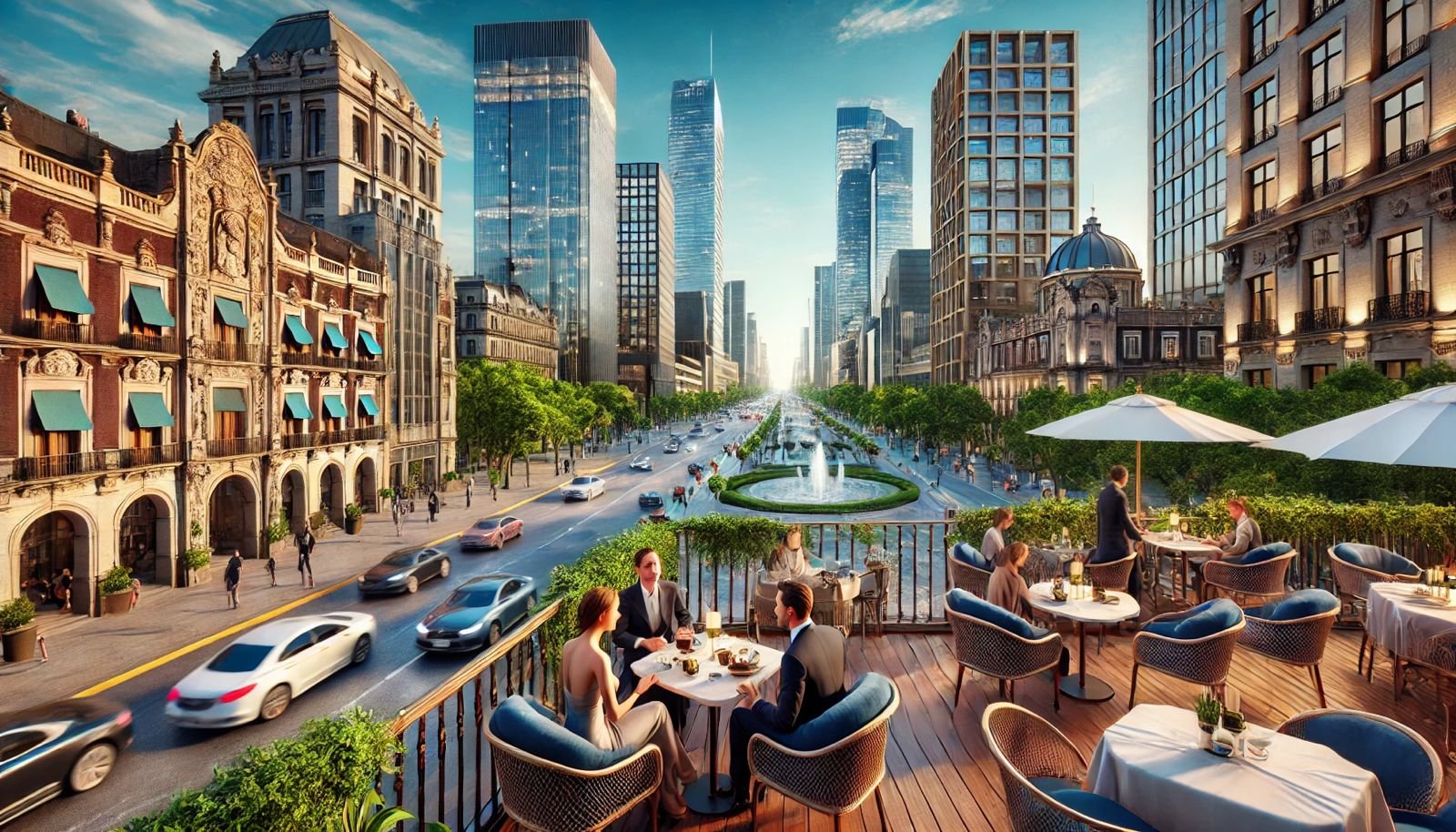Is Mérida a rich city?
Mérida, Yucatán, Mexico's capital city, has received wonderful recognition for its economy and culture. Is Mérida a rich city, and if it is, how fat does it get through its past, economic values and social issues? In this blog, we will dive deep into these factors to answer the question: Is Mérida a wealthy city?
Historical Context
Mérida was established in 1542 on the site of the ancient Mayan city T’ho. It became a very important commercial center thanks to its henequen industry in the 19th century, which was a fibrous plant exported to twine and rope making. But after World War II, the henequen trade fell into a steep decline, creating economic upheaval across the region. Consequently, some former plantations began to cultivate citrus fruits, as well as other crops that thrived in these particular climates1.
Today, Mérida has a much more diverse economy. It is also now a significant regional center of manufacturing and tourism. Its economy has been supported by the number of maquiladoras (foreign-owned assembly plants) that produce goods made to be exported. Moreover, the colonial architecture and nearby Mayan ruins of the city’s rich cultural heritage draw in tourists, further adding to its economic landscape.
Economic Indicators
Mérida has also experienced incredible economic growth over the past few years. The international sales from exports were approximately $1.04 billion in 2023, with some notable exports including turbojets, jewelry and machinery, among other products. In terms of investment and the development of businesses, the city is growing at three times the national average. In addition, the Ease of Doing Business Index from the World Bank Group ranks Mérida in one of the highest positions, making it an excellent place to start a venture.
However, it is not all positive and it is crucial to look at the socio-economic divides within the city. As much as 26.6% of Mérida's population lived in moderate poverty in 2020 and 4.05%, extreme poverty2. This is a potential indication of a disparity between those that are strong economically and those that fight for the simplest prerequisite to existence.
Quality of Life
Compared to other Mexican cities, Mérida has a relatively high standard of living. The cost of living compared to Mexico’s major urban centers, such as Mexico City or Cancún, is lower. Residents have access to health services and educational institutions like the Autonomous University of Yucatán. Additionally, the city is home to an artistic culture with many festivities that highlight its heritage. For those considering a move to Mérida, the transition can be facilitated by reliable services that handle logistics, such as Mudanzas en Ciudad de Mexico, ensuring a smooth relocation process.
However, challenges remain. There are still problems, like social inequality and access to resources. The residents who will be on the receiving end of economic growth while others are prevented from prosperity are the residents influenced by systemic barriers.
Cultural Richness and Diversity
Mérida displays the signs of a rich city, both for its economic growth and cultural life. Over the years, Iztapalapa has been recognized both for its colonial history and its contemporary evolution, shaping it into a prominent region in southeast Mexico. However, it is important to recognise the socio-economic divides that still exist among its population.
With the idea of moving themselves or their business to Mérida, from bigger markets, such as Mexico City (and these services such as Mudanzas en Ciudad de Mexico help to accomplish that), first, they should choose carefully if they are ready to land on possibilities, opportunities, and maybe difficulties that this state offers, not only a great weather but a new way of living. An understanding of these aspects allows potential residents or investors to make an informed decision about their future in Mérida.
